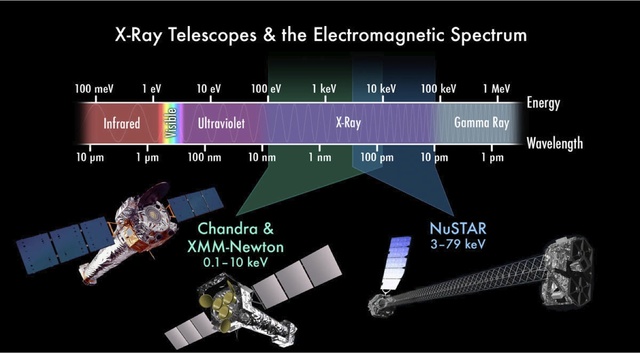
Nuclear Spectroscopic Telescope Array
The NuSTAR (Nuclear Spectroscopic Telescope Array) mission has deployed the first orbiting telescopes to focus light in the high energy X-ray (3 - 79 keV) region of the electromagnetic spectrum. Our view of the universe in this spectral window has been limited because previous orbiting telescopes have not employed true focusing optics, but rather have used coded apertures that have intrinsically high backgrounds and limited sensitivity. During a two-year primary mission phase, NuSTAR maped selected regions of the sky in order to: (1) Take a census of collapsed stars and black holes of different sizes by surveying regions surrounding the center of own Milky Way Galaxy and performing deep observations of the extragalactic sky; (2) Map recently-synthesized material in young supernova remnants to understand how stars explode and how elements are created; (3) Understand what powers relativistic jets of particles from the most extreme active galaxies hosting supermassive black holes. [Text and image from https://www.nustar.caltech.edu/]
